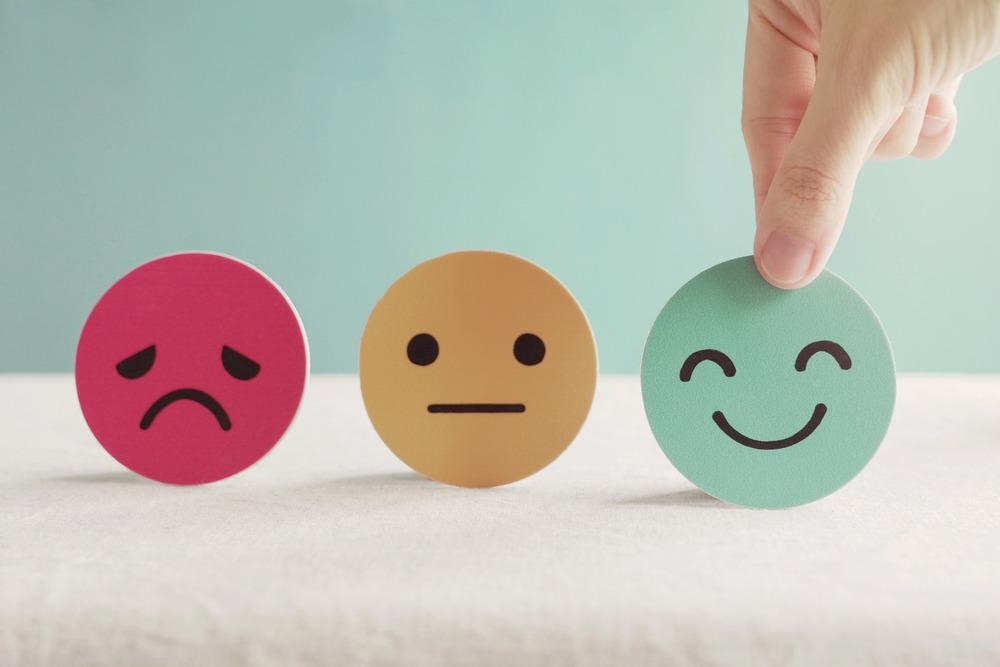According to research, socially constructed differences in roles and responsibilities, status, and power between men and women contribute to differences in mental health, health-seeking behavior of those affected, and responses of the health sector and society as a whole.

Mental health. Image Credit: SewCream/Shutterstock.com
When analyzing the conducted research, it is vital to keep in mind that there are significant gaps. Male-female differences in some mental health problems, such as depression and schizophrenia, are better understood than other scenarios. Adult men and women are better understood than adolescents and children, and the situation in industrialized countries is better understood than the situation in developing countries.
There is a gender divide in the usage of mental health services. Men consult mental health experts less frequently than women. When it comes to general care, gender inequalities are more obvious, but they fade when it comes to an expert or residential care. This disparity in mental health care utilization between men and women cannot be explained by a lack of need.
Although there are no variations in the overall incidence of psychopathology between men and women, men and women have different symptoms. Internalizing disorders are more common in women while externalizing disorders are more common in men. Gender differences have been the subject of many theories, but only a few have been objectively tested.
Differences in mental health between the genders
Adolescent girls have a substantially higher prevalence of depression and eating disorders during adolescence, as well as suicidal ideas and attempts than boys. Adolescent boys are more likely than girls to have anger issues, engage in high-risk behaviors, and commit suicide. Teenage girls are more likely to have inward-directed symptoms, whereas juvenile boys are more likely to act out.
Women have a significantly higher frequency of depression and anxiety in adulthood, while men have a larger prevalence of substance use disorders and antisocial behaviors. Women also have a higher prevalence of depression and anxiety disorders due to genetic and biological factors.
Some studies have found that mood swings are linked to hormonal changes during the menstrual cycle. The interplay of psychosocial and hormonal factors resulted in an increased risk of prenatal and postnatal depression. Women may also face significant psychological anguish and disorders as a result of reproductive health issues. Infertility and hysterectomy have been linked to an increased risk of affective/neurotic disorders in women. According to a recent study from the United States, adults with bladder control issues, a disorder more common in older women than older males, showed more mental distress and signs of depression.

Mental health. Image Credit: Cat Box/Shutterstock.com
The reason behind the differences
According to the social constructionist perspectives, gender differences do not reside in the individual but are actively (re)produced in social interactions. Men and women think and act the way they do due to cultural ideas of femininity and masculinity, not because of role identities or psychological qualities.
People have similar ideas about what behavior is acceptable for men and women and continually engage in establishing a perception of gender difference during social encounters. Gender differences in distress perceptions and health-care-seeking patterns vary from person to person suffering from mental health issues. Many studies in the United States showed that women reported higher degrees of distress than males, and they were more likely to perceive having an emotional disorder than men with similar levels of symptoms.
Emotional expression, health care, and asking for help are all framed as feminine traits. Men are expected to be emotionally stable and have a strong, independent, and self-reliant demeanor. As a result, men are encouraged to define themselves in opposition to women by concealing their own health needs and refusing to seek care to conform to the socially prescribed male role. Men may be hesitant to seek professional help because of this gendered role conflict, and they may fear increased stigma if they do. Men are more likely than women to prefer to deal with mental illness on their own when it comes to treatment. If they do choose to seek professional help, men tend to prefer a speedy and easy solution. As a result, they are more likely than women to seek medical treatment over psychotherapy.
Conclusion
A plethora of findings suggests that male responders, in both male and female participants, are less likely to acknowledge the value and helpfulness of psychotherapy. Additionally, when providing recommendations for a male vignette, male respondents are more likely to rank tranquilizers as useful than female respondents offering equivalent recommendations for a female vignette.
It is critical to research beyond documenting sex differences in mental and neurological disease rates. In different settings and social groupings, and at different times in the life cycle, it is necessary to investigate how gender differences influence women's and men's risk and susceptibility, their access to health treatments, and the social and economic repercussions of mental illness.
Additional research should be given more attention to finding evidence that makes it easier to deal with distress; the results should be used to teach these differences to the public, particularly at the community and primary care levels.
References:
- Gouwy A, Christiaens W, Bracke P (2008) Mental health services use in the general Belgian population: estimating the impact of mental health and social determinants. Arch Public Health 66:50–68
- Addis ME, Mahalik JR (2003) Men, masculinity, and the contexts of help seeking. Am Psychol 58:5–1
- Galdas PM, Cheater F, Marshall P (2005) Men and health help seeking behavior: literature review. J AdvNurs 49:616–623
- Pattyn, Elise & Verhaeghe, M. & Bracke, Piet. (2015). The gender gap in mental health service use. Social psychiatry and psychiatric epidemiology. 50. DOI: 10.1007/s00127-015-1038-x.
Further Reading
Last Updated: Jan 31, 2022